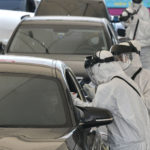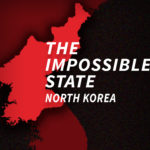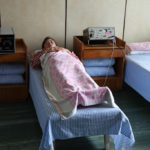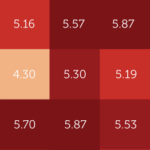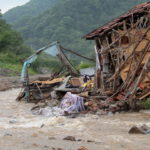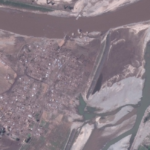October 15, 2021, by Robert King—
The most striking feature of the data for North Korea in both the overall number of work-related deaths and in the number who suffered death from stroke as a result of overwork is that the number went from one of the worst in the world to decisively the worst of all UN member states. In almost every other country in the world over the period of this study, the death rate from workplace disease and injury declined.
October 4, 2021, by Joseph S. Bermudez Jr., Victor Cha, Andy Dinville and Jennifer Jun—
Food security is a perennial domestic concern for North Korea. This report utilizes remote sensing analysis to understand the current condition of North Korea’s food production and crop yields that the country will depend on for the coming year. .. This article was originally published as a CSIS Korea Chair Platform on October 4, 2021.…
August 9, 2021, by Victor Cha and Dana Kim—
To document the trajectory of South Korea’s national response efforts against the spread of COVID-19, the CSIS Korea Chair created a timeline of events outlining policies and other measures implemented to date... This timeline was originally published on CSIS. South Korea saw its first confirmed COVID-19 case…
February 17, 2021—
Dr. Victor Cha and Andrew Schwartz are joined by Dr. J. Stephen Morrison of CSIS and Dr. Kee Park of Harvard Medical School to talk about Covid-19 in North Korea. They discussed what we know and don't know about the lockdown and the severity of the health situation there, and what to expect moving forward with how the Biden administration and the international community will deal with the pandemic in North Korea.
February 5, 2020, by Victor Cha and Marie DuMond—
Reports of the novel coronavirus 2019-nCoV spreading to regions bordering North Korea could pose a real risk to the North Korean people. Policy debates on North Korea tend to underestimate health as one of the regime’s key vulnerabilities. North Korea’s insecurities about its health system have been evident in its draconian responses to past pandemics including SARS (2002-2003), Middle East respiratory syndrome [MERS] (2012), and Ebola (2018).
December 4, 2017, by Marie DuMond—
South Korea and the United States generally share similar estimations of China’s and Japan’s blind spots in a unification scenario. Both believe that Beijing has the most prominent blind spot on domestic stabilization and refugees, and that Japan shares similar concerns, suggesting that all four powers could prioritize law and order in a unification scenario.
November 13, 2017, by Marie DuMond—
Beyond Parallel’s first-ever survey of expert assessments on unification-related issues indicate South Korea and the United States share the common view that domestic stabilization and unification costs constitute the most critical unification blind spots with a high degree of concern but low levels of knowledge for both countries.
October 18, 2017, by Marie DuMond—
Domestic stabilization is the most critical issue with unification for South Korean officials and experts, registering the highest composite score (i.e., high level of concern and low level of knowledge). This means civil-military relations, law and order, and stability in the North represent the issues for which Koreans see great consequences for national interests, but for which they have little prior knowledge or understanding. Hence, it is the greatest potential “blind spot” of unification. Costs related to unification rank a close second for South Koreans, followed by refugees, nuclear weapons, and human rights.
November 2, 2016, by Andrew Natsios—
Between August 29 and September 1, 2016, Typhoon Lionrock poured a foot of rain onto parts of North Korea causing widespread flooding, the most severe being near the Tumen River... Between August 29 and September 1, 2016, Typhoon Lionrock poured a foot of rain onto…
November 2, 2016—
Heavy rains triggered by Typhoon Lionrock hit the northern part of North Korea in late August. Extensive damage to infrastructure and agricultural fields occurred as a result. Examining satellite imagery is helpful in assessing the extent of flood damage.



